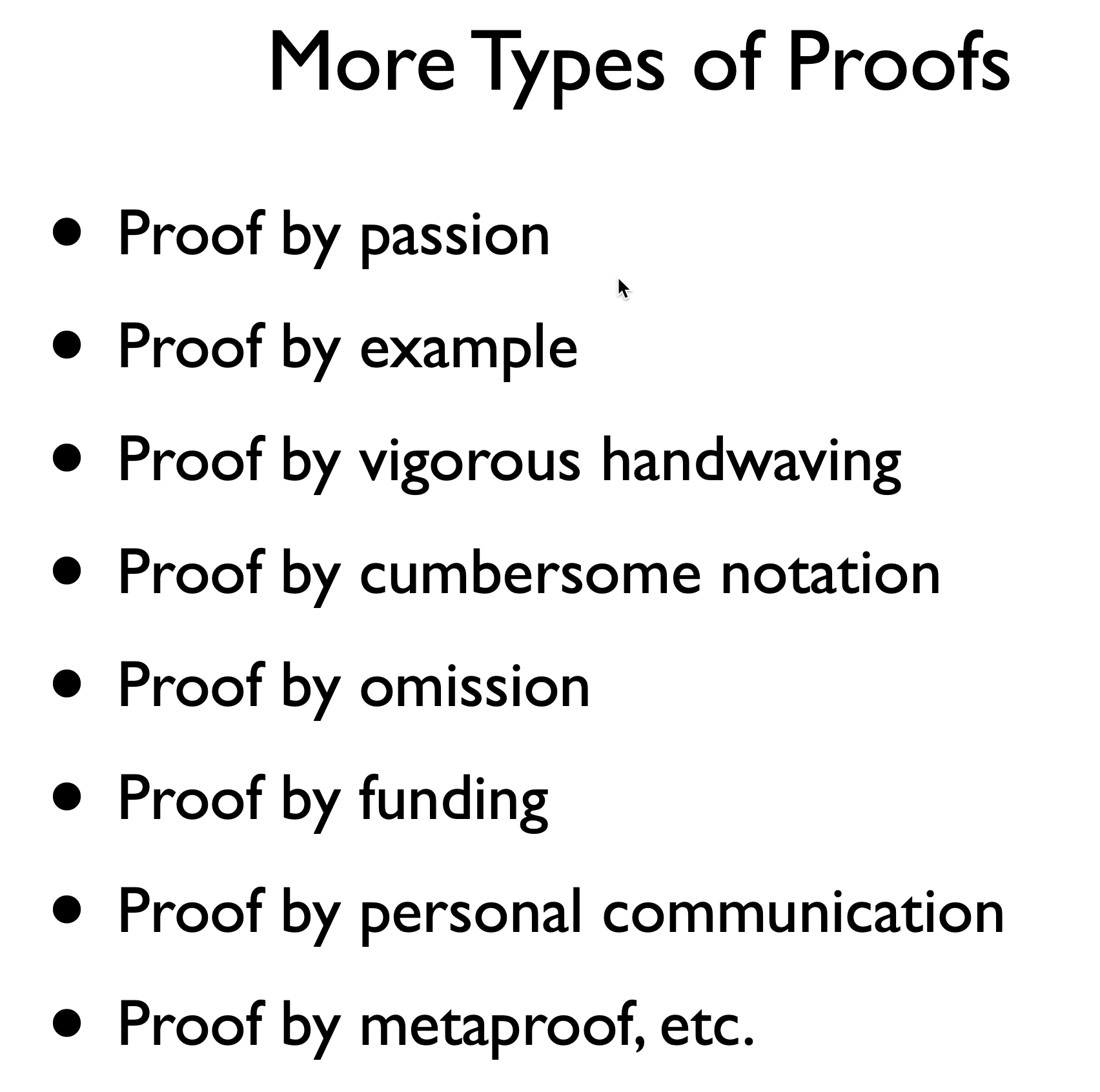Kurt Reillag and House of Cats and Dogs
« previous post | next post »
A recent email from my colleague Jean Gallier explains why the new edition of Discrete Mathematics is available on his website:
A bit more that three years ago, Springer suggested that I revise my
“Discrete Mathematics” (published in 2010).
Unfortunately, Jocelyn and I
waited too long and now that we are done
Springer no longer wants it.
I added a chapter on probability theory and made some
significant changes (improvements!). I also changed the title.
There is even an intro to the simply-typed lambda-calculus!
In any case, temporarily I am falling back on the little known publisher
“Kurt Reillag and House of Cats and Dogs”.
Interested readers may observe a certain relationship between "Reillag" and "Gallier", and in any case web search will turn up Reillag's home page — which provides this post's main linguistic relevance.
From that page, and without further comment from me, here's the abstract for a 1992 talk that Jean presented on behalf of Reillag:
Linear Logic is nonregressively productive and not self-realizable, Nonmonotonic Logic is regressively nonproductive and self satisfied.
Kurt W.A.J.H.Y Reillag
Hospices de Beaune
ABSTRACT: The amazing results quoted in the title are proved. They have unprecedented and unpredictable consequences such as:
1. Linear logic being nonregressively productive, no matter how good a theorem you produce, a harder and better one is waiting out there.
2. Linear logic is never satisfied with itself, which means that it is an infinite source of new results.
In contrast,
3. Nonmonotonic logic being regressively nonproductive, no matter how bad a result you produce, there is a worse one waiting out there.
4. This does not matter anyway, since nonmonotonic logic is self satisfied.
There are other incredible consequences of these results. For example, the discontinuum hypothesis is independent of NMZF (nonmonotonic ZF), and Riemann's Hypothesis gives in.
The proof techniques are the most revolutionary aspect of this work. The main new concept is that of an FBI sheaf. To define an FBI sheaf, it was necessary to define a variant of Grothendieck topologies, named undercover agents. Then, an undertopos is like a topos, except that it has a subobject declassifier. An FBI site is a category with undercover agents. FBI sheaves cannot be glued, but they can be shredded. By iterating sheaf shredding long enough, we get an FBI sheaf sufficiently small that, it splits (et oui!). This is why the French say: "Voila le topo(s)". The most amazing of all is that in fact, using Freyd undercovers and the fact that A => A is intuitionistically provable, we get that every FBI sheaf over a big site is nonregressive. This is because all undercover agents eventually split. It it then an easy matter to get our fundamental results. They explain a lot, in particular about funding.
Unfortunately, I learned this morning that Kurt W.A.J.H.Y Reillag went for his annual retreat at some unknown mountain winery. This means that someone here at Penn will have to give the talk if we want to hear it. I did receive a large stack of wine bottle labels containing the entire paper scribbled on them.
You may also enjoy the slides for a presentation by Jean Gallier and Kurt Reillag on the topic "What is a proof?"
And Discrete Mathematics is also well worth your time — especially the new Chapter 1.
Benjamin Orsatti said,
March 15, 2022 @ 7:41 am
Hmm. Proofs by "intimidation, seduction, interruption, misconception, obfuscation, confusion, exhaustion"… whoever this Kurt W.A.J.H.Y Reillag may be (we might never know!), I'll bet he's a lawyer!
[(myl) This is a reference to one of the slides in the cited deck:

The list continues:

]
Rodger C said,
March 15, 2022 @ 8:28 am
Ambition, distraction, uglification, and derision!
KeithB said,
March 15, 2022 @ 8:56 am
Proof by Because-I-Said-So?
J.W. Brewer said,
March 15, 2022 @ 9:19 am
This makes me think that Stephen Dedalus' famous inventory of strategies for freely expressing himself "in some mode of life or art," viz. "silence, exile, and cunning," would have been inadequate had he sought to express himself in the mode of mathematician.
bks said,
March 15, 2022 @ 9:30 am
“Reeling and Writhing of course, to begin with,' the Mock Turtle replied, 'and the different branches of arithmetic-ambition, distraction, uglification, and derision.”
/df said,
March 15, 2022 @ 10:33 am
Prof. Reillag sounds like a worthy inheritor of Carl Linderholm (see https://www.maa.org/book/export/html/117807) whose masterwork Mathematics Made Difficult introduced me to category theory and a lot more besides.
Guy Plunkett III said,
March 15, 2022 @ 10:33 am
Almost 50 years ago, as an undergrad at MIT, I developed the BIALACA method: By Intuition And Luck And Cheating Also.
Chris said,
March 16, 2022 @ 3:56 am
The late lamented Vaughn Jones when pressed for time used to resort to "proof by obviousness".
[(myl) This evokes the (probably misattributed) story about Norbert Weiner, saying in the middle of a deriving some equations in class on the blackboard, "It's obvious that…", pausing, furrowing his brow, raising a finger, leaving the classroom to walk back to his office for 10 minutes of scrawled calculations, and finally returning to continue, "As I was saying, it's obvious that this expression can be replaced by a much simpler one as follows…"]
Nat J said,
March 19, 2022 @ 2:57 pm
Is this a whole free textbook on Discrete Math?!